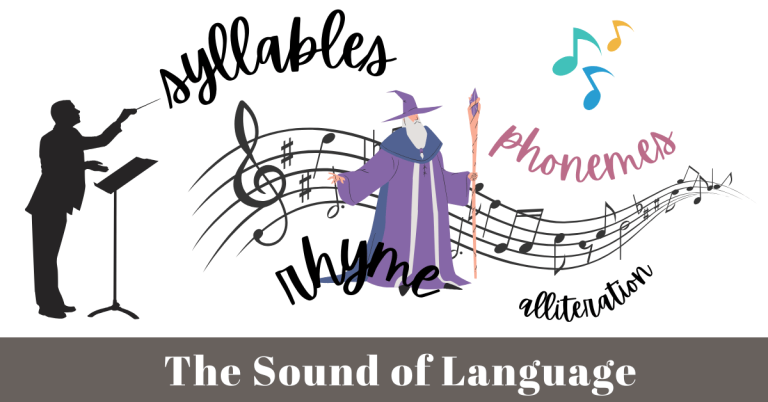OOliteracy Milestones Series: Older Toddlers
Explore literacy milestones for older toddlers aged 2-3, and learn how you can support their language and fine motor development.

At this age, children make remarkable progress in language development, comprehension, and fine motor abilities. Everyday interactions—like reading together, talking, laughing, and playing—are the best ways to cultivate these early literacy skills.
When you share stories, sing songs, and engage in conversations with your child, you are helping them develop vital language abilities. Additionally, allowing them to explore books and other written materials, such as flyers, magazines, menus, signs, and labels, enhances their understanding and interest in the world of print.
By fostering a love for books and language at this early stage, we can set the stage for lifelong learning and curiosity.
Older Toddler Literacy Milestones: Ages 2-3 Years Old
Simple, everyday activities can make a significant difference in fostering a love for reading and developing essential language skills. Providing frequent short bursts of opportunities for your toddler to participate in playful and educational experiences helps them develop vocabulary, comprehension, basic phonological awareness skills, and fine motor skills, setting a solid foundation for future literacy.
Below is a table outlining typical milestones in a toddler’s literacy development at this age. There are various fun and practical activities parents and caregivers can incorporate into their daily routines to support their child’s language learning journey.
| Literacy Milestones | 24-30 Months | 30-36 Months |
|---|---|---|
| Enjoys and participates in nursery rhymes and songs, which help develop their phonemic awareness. | ✔ | |
| States own name. | ✔ | |
| Asks some 1–2 word questions such as, “Where go?” and “What’s that?” | ✔ | |
| Will start practicing kicking, throwing, running, hopping, and making more coordinated movements allowing them to participate more physically in action songs, games, and rhymes. | ✔ | |
| When asked, they can point to pictures of familiar objects and people in books and photos. | ✔ | |
| Recognizes familiar logos and signs in the environment. | ✔ | |
| Consistently uses 2-3-word phrases e.g. “Kitty go bye-bye”. | ✔ | |
| May begin anticipating the story. For example, while reading The Gruffalo by Julia Donaldson, your toddler may say, “Silly old _____ (fox, snake, owl, etc)”. They are likely to request the same story repeatedly and may pretend to read books on their own or tell simple stories. | ✔ | |
| Follows 2-step unrelated directions, e.g. “Sit down” and “Roll the ball”. | ✔ | |
| Engages in brief periods of pretend play. | ✔ | |
| Has a vocabulary of 300+ words. Receptive language will be considerably broader than their expressive language. | ✔ | |
| Attempts to share about recent events and people they have seen or spent time with. | ✔ | |
| May begin to show interest in letters and start to recognize some letters, often those in their name. | ✔ | |
| They begin to grasp basic concepts like big/little, up/down, and in/out, which are often reinforced through stories and reading. | ✔ | |
| They may start to name basic colors and shapes. | ✔ |

Activities To Build Toddler Literacy Skills – Ages 2-3

Taking advantage of regular daily activities to talk together and build their vocabulary. Some examples of these activities include rides in the car, doing errands together, bath time, preparing food, playing, and being outdoors.

Filling out simple phrases made by toddlers by making them into full sentences. E.g. Saying “Yes, the dog is going back to his home”, after your toddler says “dog bye-bye.”

Asking simple questions about a story read aloud and encouraging toddlers to turn pages, point out objects, and wonder with you about what will happen next.

Providing opportunities to engage with writing and drawing tools.
A great no-mess option is playing with water writing activities and tools.

Playing simple games that require eye contact, listening skills, and following simple directions, such as Simon Says and Musical Statues.

Engaging in fine motor development activities, such as working with playdough, animal rescues, and arts and crafts.
Click the link to find our favourite fine motor skill-building activities for little ones.

Providing simple matching and sorting activities, such as matching picture cards, colour sorting, and finding pairs of the same object.
You might even have your toddler pair socks together when folding laundry!

Offering a variety of building tools, such as wooden blocks or interlocking bricks, and encouraging toddlers to build towers or other structures.

Verbalizing and describing what you are doing.
For example, ‘I’m cutting this apple in half’ or ‘The dirt is very dry, so I am giving the plants some water.’

Offering two choices to provide some measure of control and independence with daily tasks that need to occur, such as selecting between two outfits, two toys to bring into the store, and/or rhymes to recite while brushing teeth.
Nurturing Little Minds, Sparking Big Dreams

I’m happy you’re here!
Hi, I’m Julie, the passionate creator of Ox & Owl Literacy. I enjoy empowering families and educators with wonderful resources to inspire fun, imaginative, and joyful learning opportunities for young kiddos. You’ll find lots of recommended books, reading resources, and creative learning activities on this site aiming to help children fall in love with language, books, reading, and the transformational power of stories.









